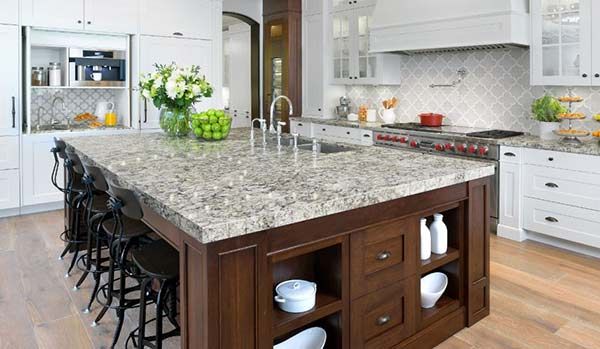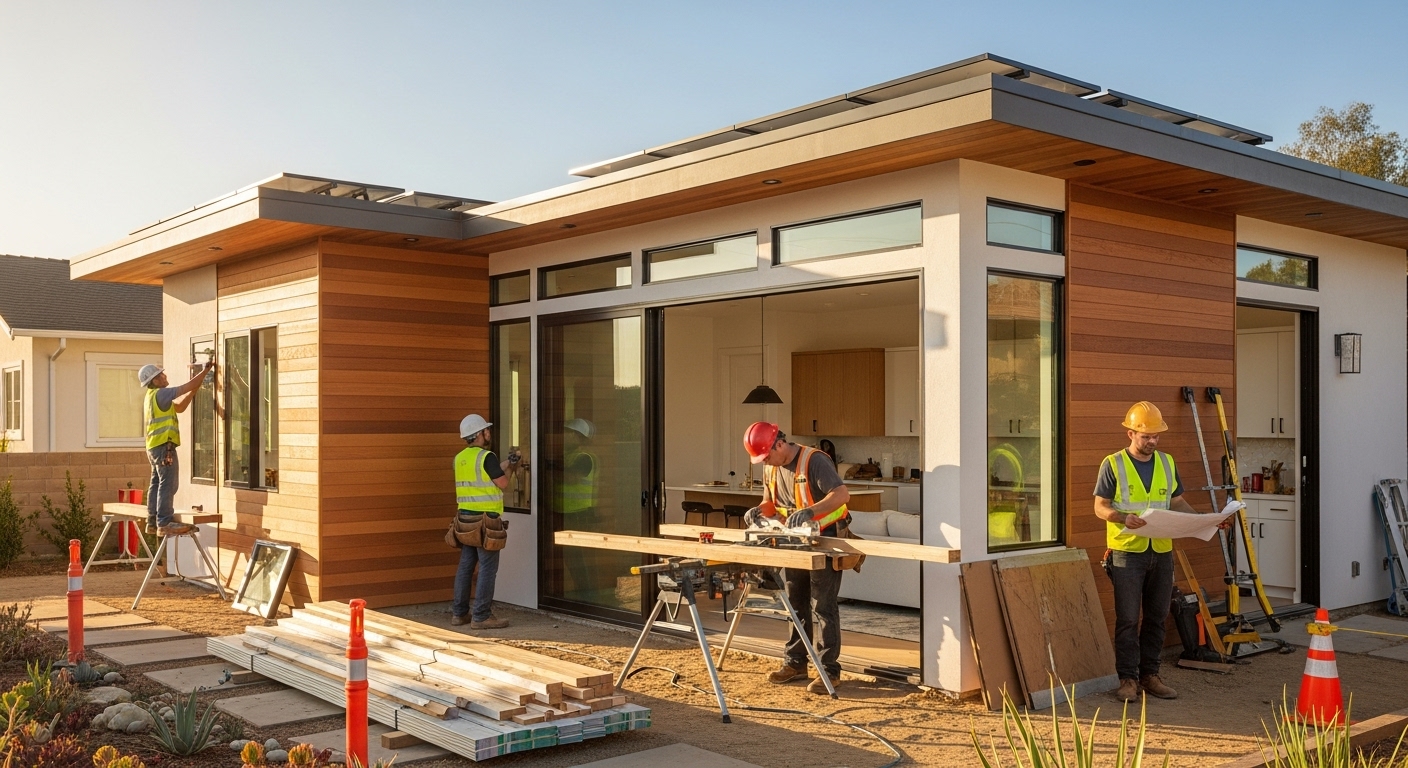The kitchen is often called the heart of the home—a place where meals are prepared, families gather, and memories are made. Remodeling this space can be one of the most rewarding home improvement projects, but it also requires careful planning to ensure success. Before you dive in, here are the key factors to consider before starting a kitchen remodel.
1. Define Your Goals and Priorities
Every remodel should start with a clear vision. Are you remodeling for better functionality, to modernize the design, or to increase resale value? Understanding your primary goals will guide every decision, from layout to materials. For example, a family that cooks daily may prioritize durable countertops and ample storage, while someone focused on aesthetics might lean toward high-end finishes and statement lighting.
2. Set a Realistic Budget
Budgeting is one of the most critical steps in a kitchen remodel. Costs can escalate quickly, so determine what you’re comfortable spending and build in a buffer for unexpected expenses—usually 10–15%. Break down your budget by categories such as cabinetry, appliances, flooring, and labor to understand where your money will go.
3. Consider the Layout
The layout is the backbone of a functional kitchen. Think about the “work triangle”—the efficient relationship between the stove, sink, and refrigerator. A poor layout can make even the most beautiful kitchen frustrating to use. Consider whether you need an open-concept design, additional counter space, or a kitchen island to improve flow.
4. Choose Quality Materials
Kitchens endure heavy daily use, so materials must balance durability with style. Countertops like quartz or granite withstand scratches and stains, while hardwood or tile floors offer long-lasting performance. Cabinets should be both attractive and sturdy, with finishes that can handle moisture and wear. Investing in quality materials ensures your remodel stands the test of time.
5. Select Appliances Wisely
Appliances are both functional tools and design elements. Think about energy efficiency, size, and style when selecting them. Stainless steel remains a popular choice for its sleek look, but built-in or panel-ready appliances can create a seamless aesthetic. Always measure carefully to ensure appliances fit into your chosen layout.
6. Lighting Matters
Lighting can make or break a kitchen’s design. A combination of task lighting, ambient lighting, and accent lighting ensures both functionality and atmosphere. Under-cabinet lights brighten work areas, pendant lights add style over islands, and recessed lighting creates even illumination throughout.
7. Plan for Storage and Organization
One of the top regrets homeowners have after a remodel is not including enough storage. Maximize your space with custom cabinetry, pull-out shelves, and clever solutions like spice drawers or built-in pantries. Well-planned storage keeps your kitchen clutter-free and efficient.
8. Don’t Forget Ventilation
Good ventilation is essential to remove cooking odors, smoke, and excess heat. A quality range hood or ventilation system keeps air fresh and protects cabinetry and walls from grease buildup.
The Bottom Line
A kitchen remodel is a significant investment, but with thoughtful planning, it can dramatically improve both your daily life and your home’s value. By considering your goals, budget, layout, materials, and other key factors, you’ll set the foundation for a kitchen that’s not only beautiful but also highly functional for years to come.






